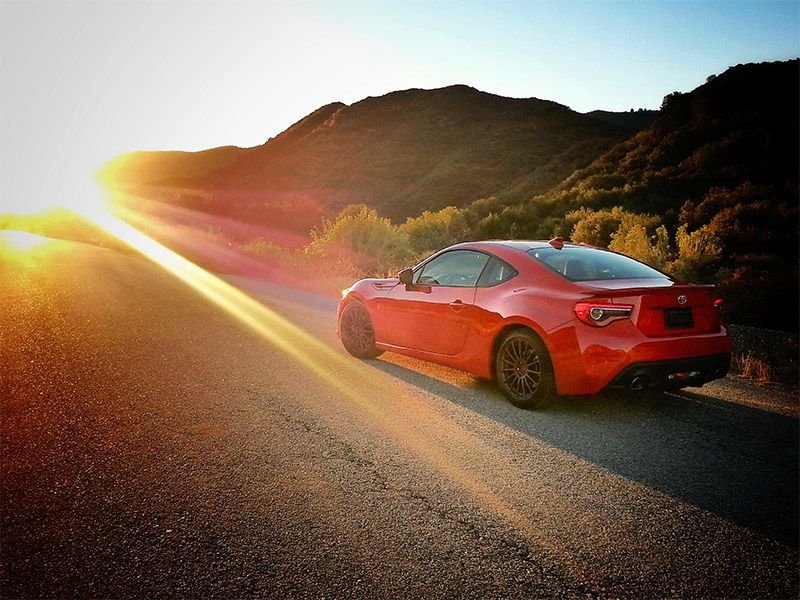Recent Articles
Popular Makes
Body Types
2017 Toyota 86 Road Test and Review
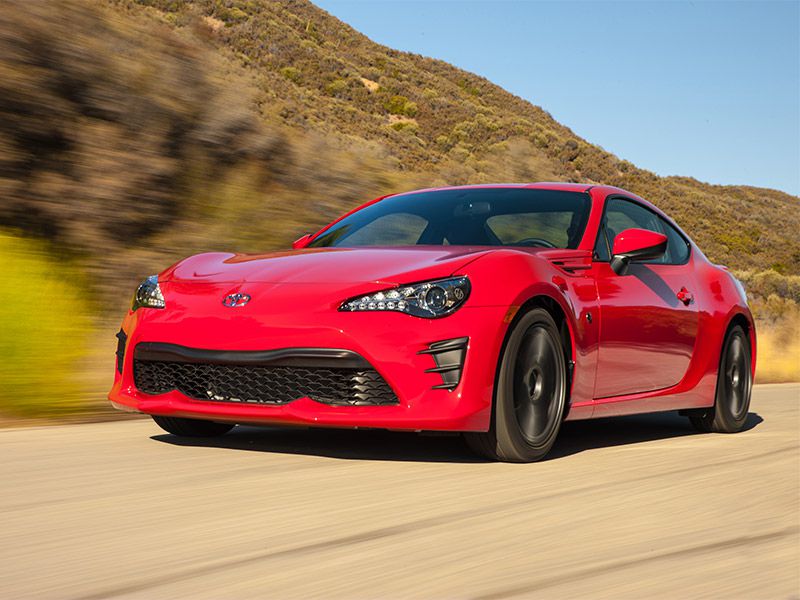
2017 Toyota 86 exterior on road front grille ・ Photo by Toyota
Meet the 2017 Toyota 86, the new sports car from Toyota that isn’t really new and isn’t exactly a Toyota. The 86 is a refugee from the soon-to-be-shuttered Scion brand, and Toyota is welcoming it to the family with a round of updates and improvements. Has Toyota done right by this most lovable of sports cars? Let’s take it for a spin.
A refugee from the Scion brand
The Toyota 86 was originally introduced in 2012 as the Scion FR-S, a refreshing rear-wheel-drive addition to the youth-oriented brand's stagnating lineup. The Scion brand is—I suppose I should say was—exclusive to the United States and Canada; the car was sold in the rest of the world as the Toyota 86 or GT86, and now that Scion is gone, 86 is the car’s new name here in North America. The number 86 has significance: This car is the spiritual successor to the 1983-1987 rear-wheel-drive Corolla, known by the internal code name AE86. It also happens that the engine’s bore and stroke (bore is the diameter of the cylinders; stroke is the distance the piston travels up and down) are both 86 millimeters. As part of its homecoming celebration, Toyota has made some changes: Front- and rear-end styling are new, with changes to the headlights, taillights, bumper, and grille. The 86 also gets new wheels, nicer trim bits throughout the interior, and a smaller steering wheel. There are also mechanical changes: The suspension has been retuned and cars with a manual transmission get a slight bump in power.
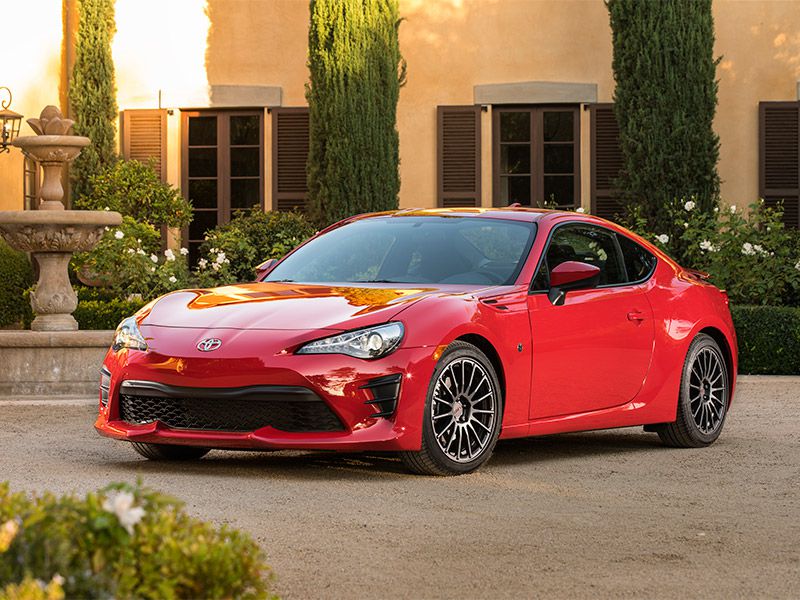
The Toyota that isn’t exactly a Toyota.
What makes the 86 rather unusual is that it isn’t entirely a Toyota design: It’s a joint project with Subaru. (Toyota owns a 16.5 percent stake in Subaru’s parent, Fuji Heavy Industries.) Though Toyota claims to have participated in much of the 86’s development, anyone who has driven a Subaru in the last few years will recognize most of the interior bits. Subaru sells its own version of the car called the BRZ, which differs in a few styling details and the tuning of its chassis (a critical factor, as we’ll discuss soon). Subaru manufactures both versions of the car back home in Japan.
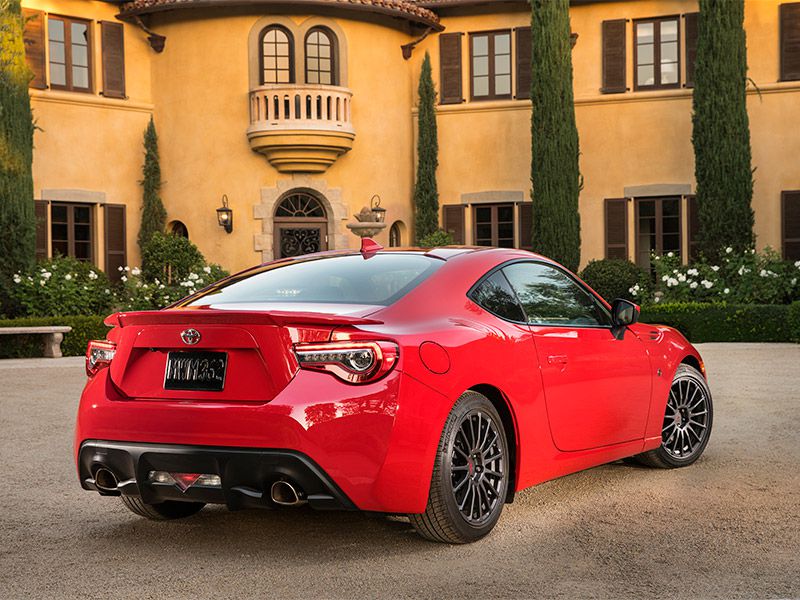
No-nonsense interior, no-space back seat.
The 86’s Subaru lineage makes for a very different interior than one might expect from a Toyota. Done largely in dark plastics, this is a no-nonsense cockpit with cloth seats, a relatively simple control layout and a surprisingly stark stereo. The 86 has a back seat, but it is what the automakers whimsically call a “2+2.” Considering how little room there is, it would be more honest to call it a “2+0.” The back seat’s primary purpose is to lower the 86’s insurance rate; human occupation is strictly a secondary concern. The trunk, like your author, is small but still useful.
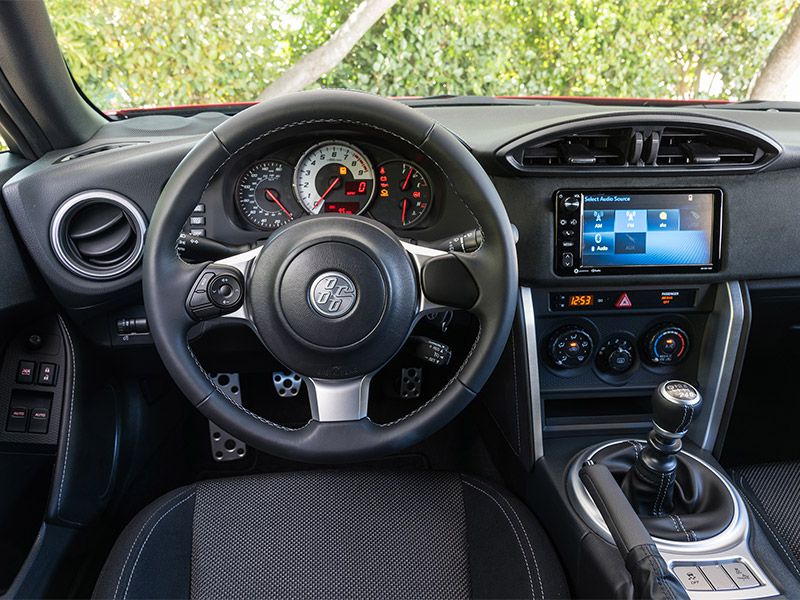
Toyota 86: a different kind of sports car.
Most sports cars combine a big engine with a firm suspension, but the 86 puts its emphasis on handling. The engine is modest: A 2.0-liter horizontally opposed 4-cylinder (an unusual layout favored by Subaru and Porsche) that has been bumped up to 205 horsepower and 156 lb.-ft. of torque for 2017 (automatics still have 200 hp and 156 lb-ft). These aren’t exciting numbers by sports car standards, but the real beauty of the 86 is the chassis and suspension: They are designed to exploit the exquisite balance that is unique to rear-wheel-drive cars. Hence the relation to its 80s-era ancestor, the AE86 Corolla: Though not very fast, the AE86 is a favorite for drifting, a form of competition in which the car is driven sideways and points are awarded for style over speed.
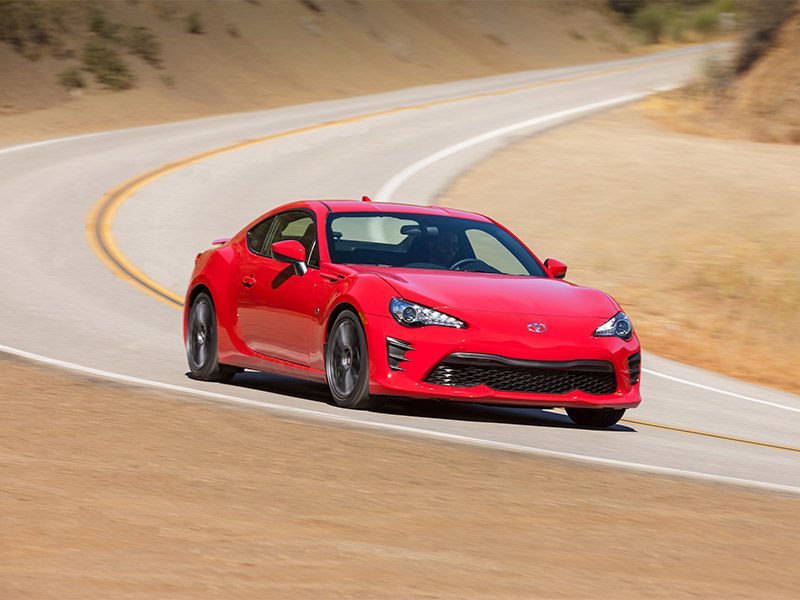
Plenty of power, two good transmissions.
I won’t complain about the Toyota 86’s engine: Though nowhere near as quick as, say, a Nissan 370Z, the 86 certainly gets out of its own way. Given that the 86 is a purist’s sports car, it should come as no surprise that the percentage of its buyers who choose the manual transmission is higher than average. With a nicely weighted clutch and a precise shifter, this is exactly the sort of manual gearbox a sports car ought to have. As good as the manual is, the automatic is equally excellent. It features fast-acting paddle shifters and the transmission’s electronic controller does an excellent job of picking gears during aggressive driving. I took a fast ride on a challenging road in an automatic 86, and was impressed with what a good job the transmission did: When I would brake hard and turn the wheel, just about the time I was thinking of hitting the shifter panel, the transmission would downshift on its own, “blipping” the throttle during the shift to not upset the car's handling. This is the among the best automatic-transmission logic I’ve experienced, right up there with Volkswagen and Audi, the best in the business.
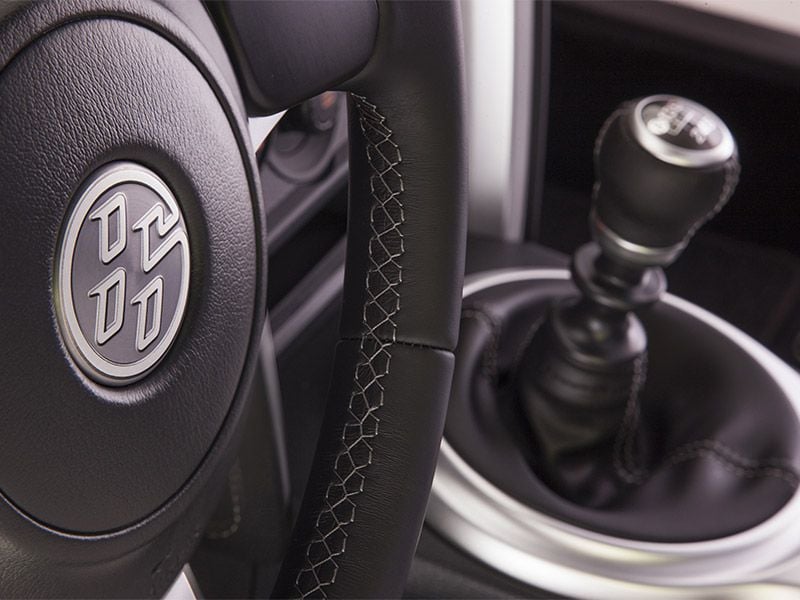
Photo by Toyota
Don’t rule out the automatic.
At the risk of generating a little controversy, I'll say this: The Toyota 86 is just as good with an automatic as it is with a manual—and maybe even better. Remember, this car is all about handling, and when trying to fine tune one’s skills—be that at an organized autocross, a track-day, or out on your favorite curvy road—shifting gears requires a good deal of concentration, especially if one is trying to avoid those sudden neck-snapping speed changes. By letting the automatic do the work, drivers can concentrate on fine-tuning their other skills. Learning to shift well is easy; learning the finer points of steering and handling takes concentration, and the automatic frees you up to learn.
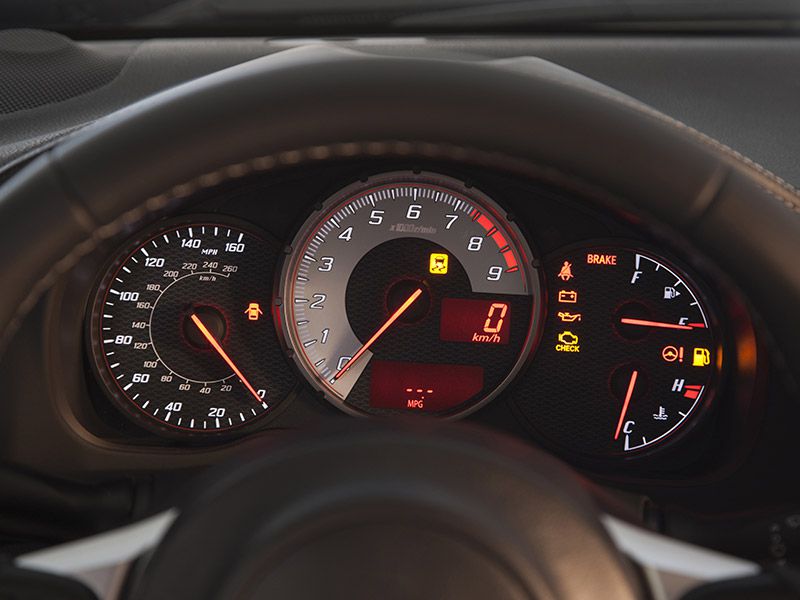
Handling: Why the original FR-S was a favorite...
So let’s talk more about the 86’s handling. When Scion introduced this car as the FR-S in 2012, I was blown away by how well it handled—and how accessible its handling limits were. Handling isn’t just about how a car grips the road; it’s about what happens when the car starts to lose that grip. Most cars lose the front end first and try to go straight (understeer)—a safe setup because the normal reaction (lifting off the gas or applying the brakes) puts weight on the front wheels and relieves the problem. The FR-S was designed for easy oversteer: With a little coaxing, the driver could get the back end to break loose (oversteer), which requires countersteering and a little throttle-induced front-to-rear weight transfer to correct. Alternatively, one could feed in power and drift the car. Warning: Don't try this unless you're properly trained.
Incidentally, I always thought the FR-S was better balanced than the Subaru version, which resisted oversteer more than the FR-S. Scion, however, re-tuned the suspension in 2015 and for a while the two cars felt evenly matched.
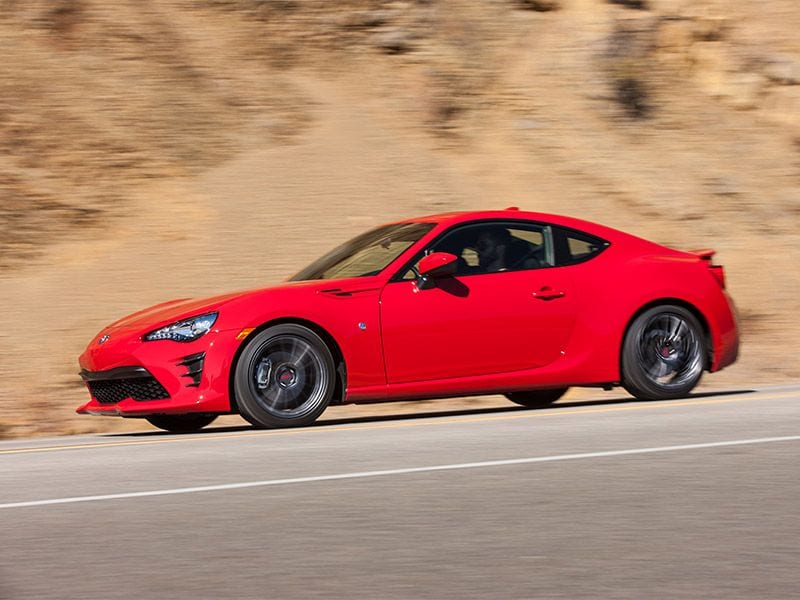
Photo by Toyota
...and why the new 86 isn’t.
Toyota has re-tuned the suspension again for 2017. In driving the 2017 Toyota 86 both on curvy roads and at the Willow Springs Raceway in Southern California, I was surprised at just how fast I could get around the corners—surprised, but a little dismayed. Normally more grip would be a good thing, but the beauty of the original FR-S was that you could explore its limits and break it loose at relatively low speeds—which meant if you got it wrong, the resulting collision would less likely be a big hit. The 2017 Toyota 86 attacks the curves at higher speeds, and probing its limits requires driving much faster than is comfortable on public roads. Out on the track, even with the stability control system in track mode, the 86 tends to understeer rather than oversteer. To be fair to the 86, Willow Springs is a very fast track, and more fun could probably be had on a slower course and sharper curves. Subaru, it should be noted, has re-tuned the BRZ’s suspension for 2017, and it has that easy oversteer that was a hallmark of the original FR-S.
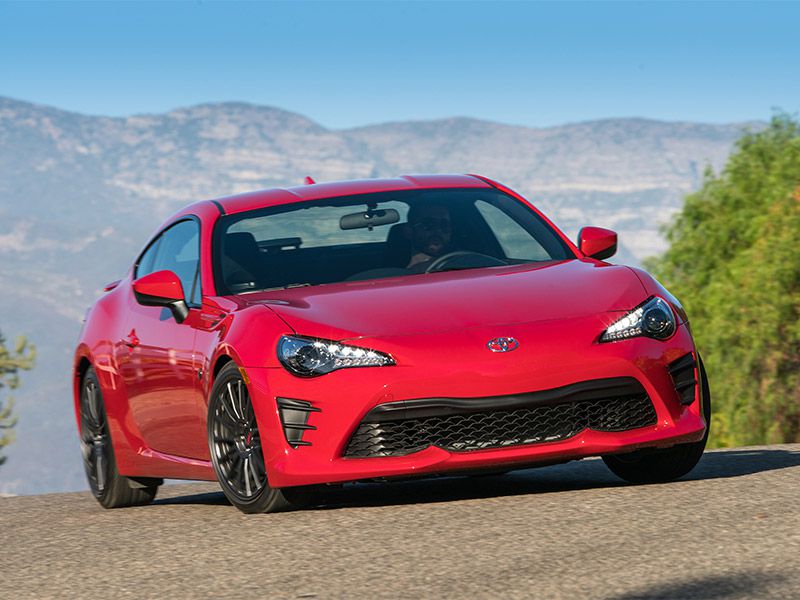
Photo by Toyota
One model, one price.
Toyota sells the 2017 86 in a single trim level, priced at $27,120 (including an $865 destination charge). Aside from an automatic transmission and one extra-cost color, Toyota doesn’t offer any factory options for the 86, so the car tops out at $28,235—but we imagine that Toyota dealers will follow Scion’s tradition and offer plenty of add-on accessories. I sampled an 86 with about $3000 worth of suspension, engine, exhaust, and brake upgrades from TRD (Toyota Racing Division); they certainly added to the car’s abilities, though I think the plain ol’ 86 is plenty of fun on its own.
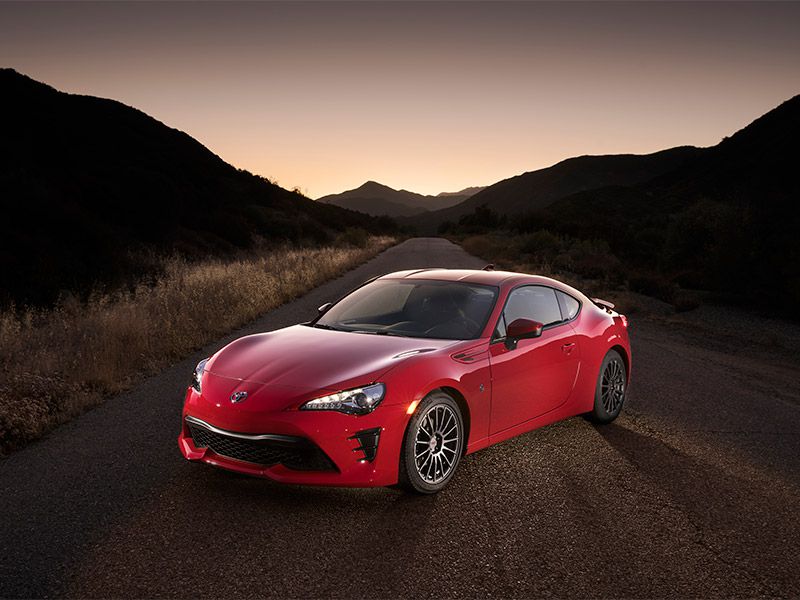
A lovely fish in a small pond.
To what shall we compare the 2017 Toyota 86? The obvious answer is the Subaru BRZ; aside from trim and equipment changes (Subaru offers two models, one $800 cheaper than the 86 and one $1345 more dear), the biggest difference is the handling balance. I prefer the BRZ, but for someone looking to go fast and have fun, the 86 might be the more sensible choice. I’d also consider the Mazda MX-5 Miata, which adds a convertible top; it’s just as much fun, though even less practical than the 86. Beyond that, there really is no competition—and that’s just fine. The Toyota 86 remains a sports car for the purist. I’m glad Toyota rescued it from Scion, and I like it just the way it is.
